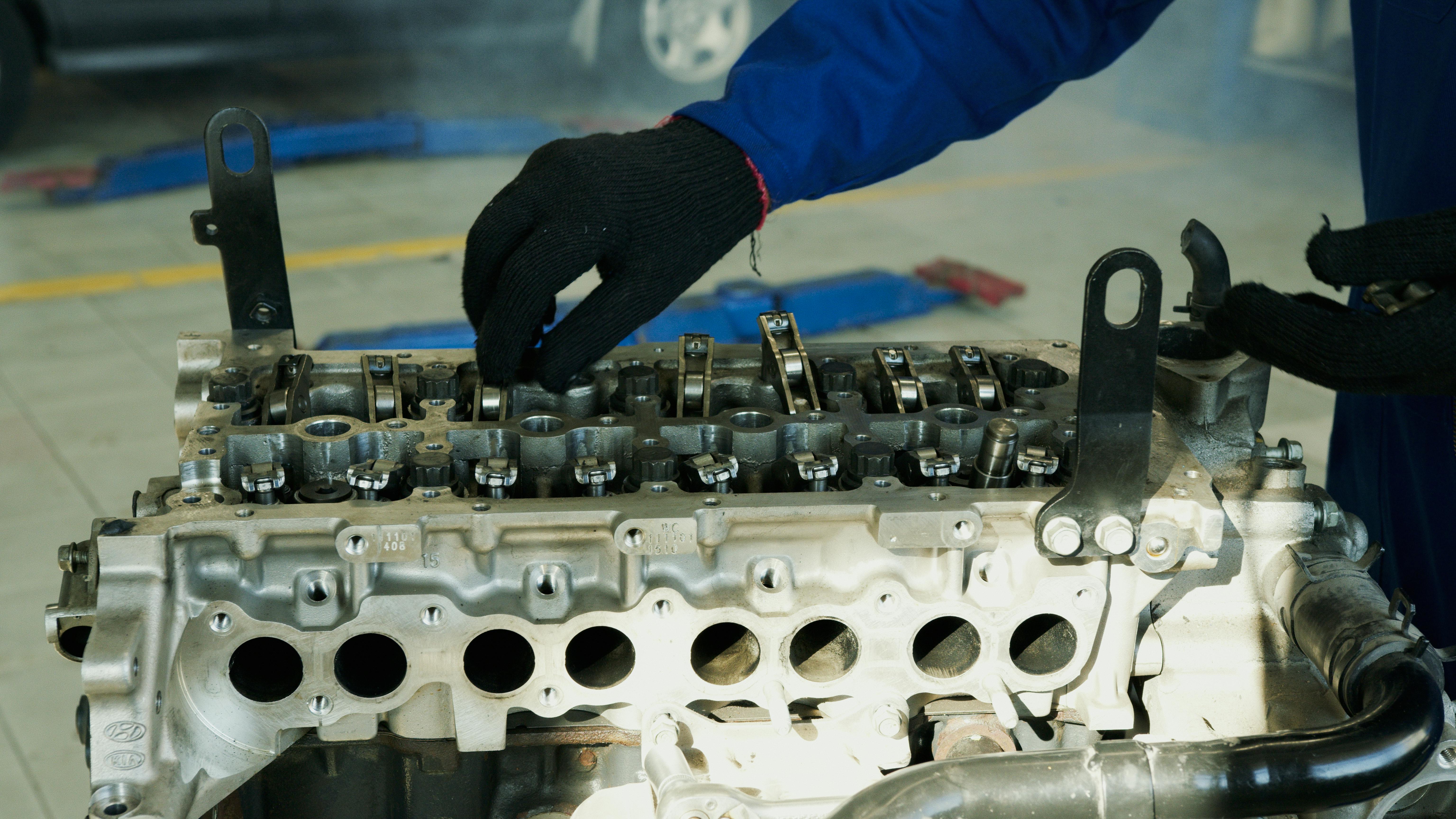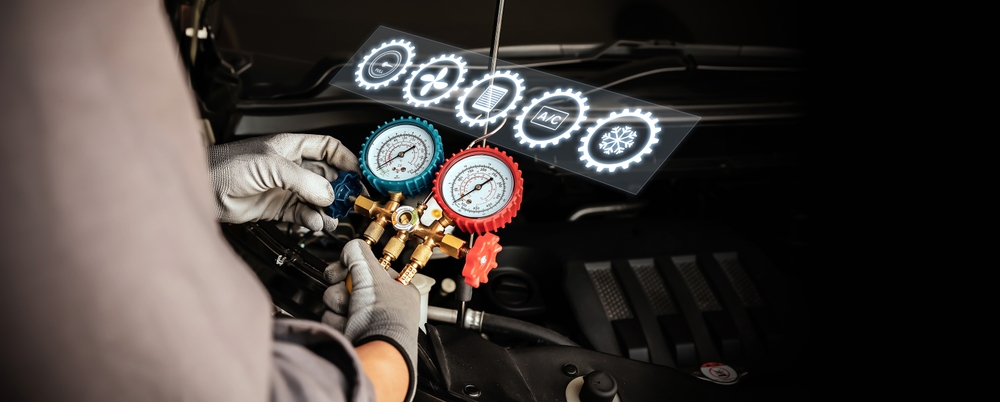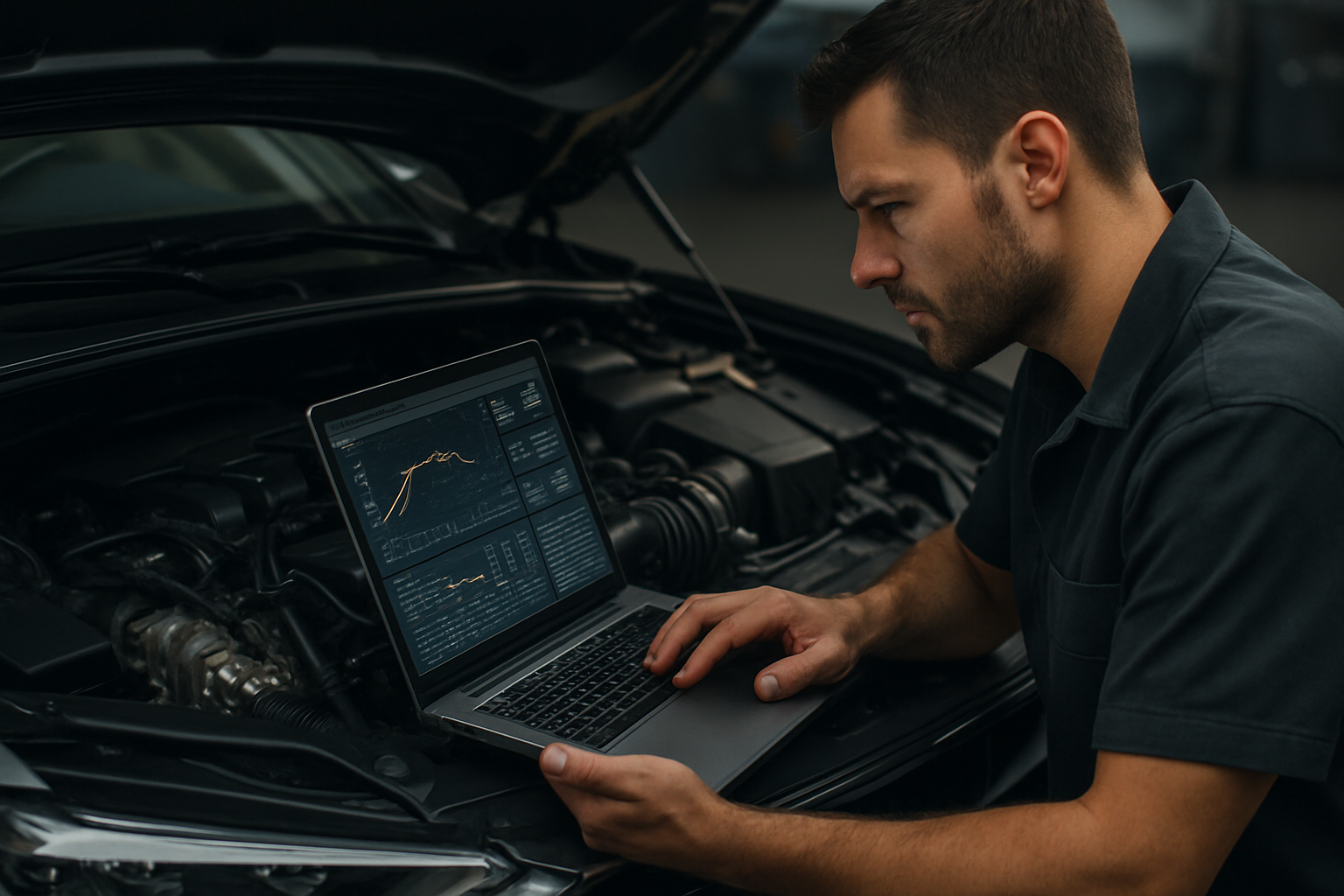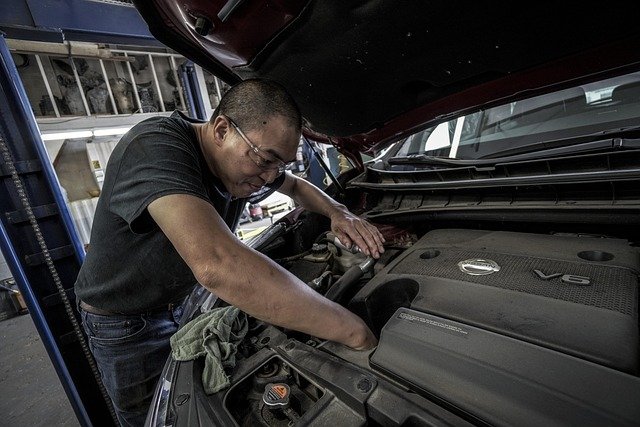Welding Machines: Essential Tools for Modern Manufacturing and Construction
Welding machines are indispensable tools in various industries, from manufacturing and construction to automotive and aerospace. These powerful devices use heat to join metal pieces together, creating strong and durable bonds. As technology advances, welding machines have become more sophisticated, offering improved precision, efficiency, and versatility. This article explores the world of welding machines, their types, applications, and importance in today's industrial landscape.
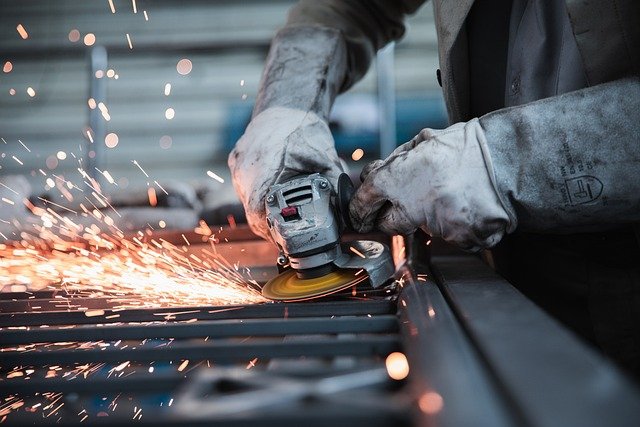
The basic components of a welding machine include a power source, electrode holder, ground clamp, and welding cables. The power source provides the necessary electrical current, while the electrode holder secures the welding electrode. The ground clamp completes the electrical circuit, and the welding cables carry the current between components. Advanced welding machines may also include features like digital controls, automatic wire feeders, and cooling systems.
What are the main types of welding machines?
There are several types of welding machines, each suited for specific applications and materials:
-
Arc Welding Machines: These are the most common type, using an electric arc to melt metals. They include stick welders, MIG (Metal Inert Gas) welders, and TIG (Tungsten Inert Gas) welders.
-
Resistance Welding Machines: These machines use electrical resistance and pressure to join metals. Spot welders are a common example, often used in automotive manufacturing.
-
Gas Welding Machines: These use a combination of fuel gas and oxygen to create a flame hot enough to melt metals. Oxy-acetylene welding is a popular gas welding method.
-
Laser Welding Machines: These high-tech machines use focused laser beams to create precise, high-quality welds, often in automated manufacturing processes.
-
Plasma Arc Welding Machines: These machines use a constricted arc and ionized gas to produce high-temperature plasma for welding.
What industries rely on welding machines?
Welding machines play a crucial role in numerous industries:
-
Manufacturing: From automotive assembly lines to appliance production, welding machines are essential for joining metal components in various products.
-
Construction: Welding is vital in building construction, particularly for steel structures, pipelines, and metal fabrication.
-
Aerospace: The aerospace industry relies on precision welding for aircraft and spacecraft components.
-
Shipbuilding: Large-scale welding is fundamental in constructing ships and offshore structures.
-
Energy Sector: Welding is crucial in the production and maintenance of power plants, oil rigs, and renewable energy infrastructure.
-
Repair and Maintenance: Many industries use welding machines for repairs and maintenance of metal equipment and structures.
How do you choose the right welding machine?
Selecting the appropriate welding machine depends on several factors:
-
Material Type: Different metals require specific welding techniques and machines.
-
Thickness of Material: Thicker materials may require more powerful welding machines.
-
Welding Process: The type of welding (e.g., MIG, TIG, stick) needed for your project will determine the machine choice.
-
Power Source: Consider whether you need a machine that runs on standard household current or industrial three-phase power.
-
Portability: If you need to move the welder frequently, a lightweight, portable model might be preferable.
-
Duty Cycle: This indicates how long the machine can operate continuously before needing to cool down.
-
Budget: Welding machines range from affordable units for hobbyists to high-end industrial equipment.
What are the latest advancements in welding machine technology?
The welding industry continues to evolve with technological advancements:
-
Digital Controls: Modern welding machines often feature digital interfaces for precise control and easy operation.
-
Inverter Technology: This allows for smaller, more efficient welding machines with improved arc stability.
-
Multi-Process Welders: These versatile machines can perform multiple welding processes, reducing the need for separate equipment.
-
Automation and Robotics: Automated welding systems are increasingly used in manufacturing for consistency and efficiency.
-
Augmented Reality (AR): Some welding systems now incorporate AR technology for training and quality control.
What safety precautions are essential when using welding machines?
Welding can be hazardous, so proper safety measures are crucial:
-
Personal Protective Equipment (PPE): Always wear a welding helmet, protective clothing, gloves, and safety shoes.
-
Ventilation: Ensure adequate ventilation to avoid inhaling harmful fumes.
-
Fire Prevention: Keep a fire extinguisher nearby and remove flammable materials from the welding area.
-
Electrical Safety: Regularly inspect cables and connections for damage.
-
Training: Proper training is essential for safe and effective welding machine operation.
-
Workspace Organization: Keep the welding area clean and organized to prevent accidents.
Welding machines are vital tools that have revolutionized manufacturing and construction. From simple arc welders to advanced laser systems, these machines continue to evolve, offering improved efficiency, precision, and versatility. As industries increasingly rely on welding for their operations, understanding the types, applications, and safety considerations of welding machines becomes ever more important. Whether you’re a professional welder or a DIY enthusiast, choosing the right welding machine and using it safely can lead to successful, high-quality results in your metal joining projects.


